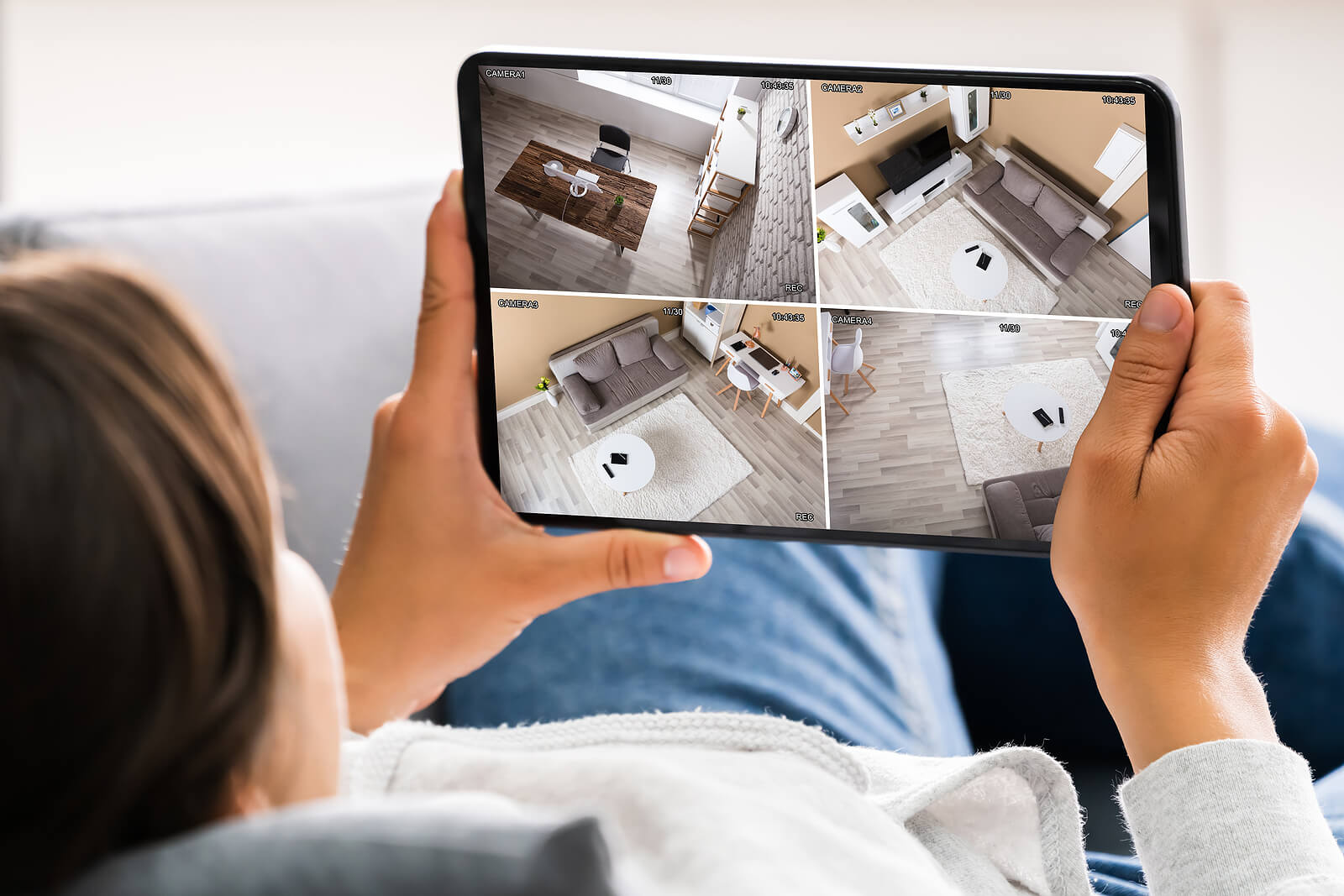In an era where safety and vigilance are paramount, a smart surveillance camera system stands as a cornerstone of modern security strategies. Gone are the days of passive recording devices; today’s advanced cameras leverage artificial intelligence, high-definition optics, and network connectivity to proactively protect homes, businesses, and public spaces. This article explores the technology behind smart surveillance cameras, examines their key features, and offers guidance on selecting and deploying a system that maximizes both security and peace of mind.
Understanding Smart Surveillance Camera Technology
A smart surveillance camera integrates traditional video capture with intelligent processing. At its core, these devices combine high-resolution sensors—often 4K or above—with on-board analytics powered by machine learning algorithms. Rather than simply storing footage, smart cameras can identify people, vehicles, and unusual behaviors in real time. Network connectivity, through Wi-Fi or wired Ethernet, allows them to stream live video to mobile apps, cloud services, or local storage, ensuring continuous accessibility and rapid response.
Key Features That Define Smart Surveillance Cameras
- AI-Powered Object Detection
Unlike motion-triggered alerts that respond to any change in the field of view, smart surveillance camera systems employ AI to distinguish between humans, pets, and inanimate objects. This reduces false alarms from swaying branches or passing shadows and ensures that you only receive notifications for relevant events. - Facial Recognition and License Plate Reading
Advanced models can recognize familiar faces—family members, employees, or VIP guests—and alert you when strangers arrive. Similarly, integrated license plate recognition (LPR) helps manage vehicle access in parking lots or gated communities by automatically logging and matching plates against approved lists. - Edge and Cloud Analytics
Some smart surveillance cameras process data on-device (edge computing) to minimize bandwidth use and latency, while others stream footage to cloud platforms for deeper analysis and long-term archival. Hybrid systems combine both approaches, executing immediate threat detection on the edge and uploading critical clips for secure, off-site storage. - Two-Way Audio and Siren Alerts
Many smart cameras come equipped with built-in microphones and speakers, enabling real-time two-way communication. When suspicious activity is detected, you can issue a verbal warning or trigger an audible siren, deterring potential intruders before they even breach physical barriers. - Night Vision and Low-Light Performance
Infrared (IR) LEDs and advanced low-light sensors allow smart surveillance cameras to capture clear black-and-white footage in complete darkness, while color night vision uses supplemental lighting to produce full-color images after dusk. This ensures 24/7 monitoring capability without blind spots. - Mobile App Integration
Modern systems include user-friendly mobile applications that provide live feeds, push notifications, and historical footage playback. Geofencing features can automatically arm or disarm cameras based on your smartphone’s GPS location, adding convenience and reducing user error. - Scalable Multi-Camera Networks
Whether securing a single entryway or an entire campus, smart surveillance systems are designed for scalability. Network video recorders (NVRs) and cloud subscriptions support dozens—or even hundreds—of cameras, all accessible through a unified dashboard.
Benefits of Deploying a Smart Surveillance Camera System
- Proactive Threat Detection: AI-driven analytics identify risks before damage occurs, enabling early intervention by security personnel or law enforcement.
- Evidence-Grade Footage: High-resolution recordings with accurate timestamps and geo-location metadata facilitate investigations and legal proceedings.
- Operational Efficiency: Automated monitoring eases the burden on human guards, allowing teams to focus on verified incidents rather than constant vigilance.
- Deterrence and Peace of Mind: Visible cameras and prompt alerts discourage potential intruders, while users enjoy real-time insights into their property’s security status.
- Cost Savings: By reducing false alarms and optimizing security personnel deployment, smart systems deliver long-term savings on labor and incident response.
Choosing the Right Smart Surveillance Camera
Selecting the optimal camera involves evaluating your specific security needs, environment, and budget. Consider the following factors:
- Resolution and Field of View
Higher resolution (4K or above) ensures that details—such as faces or license plates—remain clear when zooming in. Wide-angle lenses (90°–120°) cover larger areas, whereas motorized zoom lenses allow precise framing of distant targets. - Connectivity and Power Options
Decide between wired PoE (Power over Ethernet) for reliable power and data transmission or wireless cameras for easier installation. Some hybrid models support both PoE and battery backup, ensuring uninterrupted surveillance during outages. - Analytics and Integration
Assess the camera’s onboard AI capabilities: basic motion zones, people detection, or advanced facial recognition. Ensure compatibility with existing security platforms—access control, alarm systems, or building management software—for seamless integration. - Storage and Retention
Determine whether on-camera microSD storage, network video recorders, or cloud subscriptions best suit your retention requirements. Consider privacy regulations and data security standards, especially if footage will include sensitive areas. - Environmental Durability
For outdoor deployment, choose cameras with weatherproof ratings (IP67 or higher) and vandal-resistant housings. In extreme climates, look for features like heated enclosures or dust filters to maintain performance. - User Interface and Support
A well-designed mobile app or desktop client simplifies camera setup, live view, and playback. Evaluate manufacturers’ customer support reputation, firmware update policies, and ecosystem health to ensure long-term reliability.
Practical Deployment Tips
- Strategic Placement: Position cameras at entry points—doors, windows, driveways—and areas with high foot traffic. Mount them at 8–10 feet high to prevent tampering while capturing clear facial angles.
- Angle Adjustment: Tilt cameras downward by 15°–20° to focus on human activity rather than open sky or ground clutter, improving motion detection accuracy.
- Lighting Considerations: Supplement low-light environments with wide-spectrum LEDs for color night vision or deploy separate IR illumination that isn’t visible to the naked eye.
- Privacy Compliance: Respect personal privacy by avoiding cameras in private areas (bathrooms, changing rooms) and posting clear signage when monitoring public or semi-public spaces.
Future Trends in Smart Surveillance
The smart surveillance camera market continues to evolve rapidly. Emerging innovations include:
- Edge AI Chips: Specialized processors enabling on-device neural network inference with lower power consumption and greater privacy, since sensitive data need not leave the camera.
- 5G Connectivity: Ultra-low latency networks facilitating high-definition live streaming even in remote locations, expanding outdoor and mobile surveillance applications.
- Behavioral Analytics: Predictive algorithms that recognize pre-incident behaviors—loitering, clustering, or abnormal movement patterns—and issue proactive alerts.
- Augmented Reality (AR) Integration: Overlaying live camera feeds with AI-generated annotations (bounding boxes, identification tags) on AR glasses used by security personnel.
Conclusion
Implementing a smart surveillance camera system represents a significant leap forward in security effectiveness. By combining AI-powered detection, high-definition imaging, and seamless network integration, these systems transform passive monitoring into active protection. Whether you’re safeguarding a residence, retail outlet, or large campus, understanding the technology’s capabilities and aligning them with your security objectives is key. With thoughtful selection, strategic deployment, and ongoing management, a smart surveillance camera network delivers not only robust deterrence and evidence gathering but also the peace of mind that comes from reliable, intelligent vigilance.










